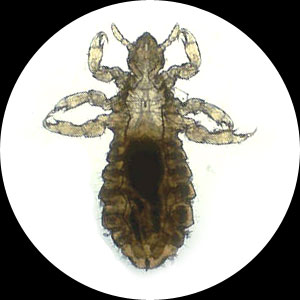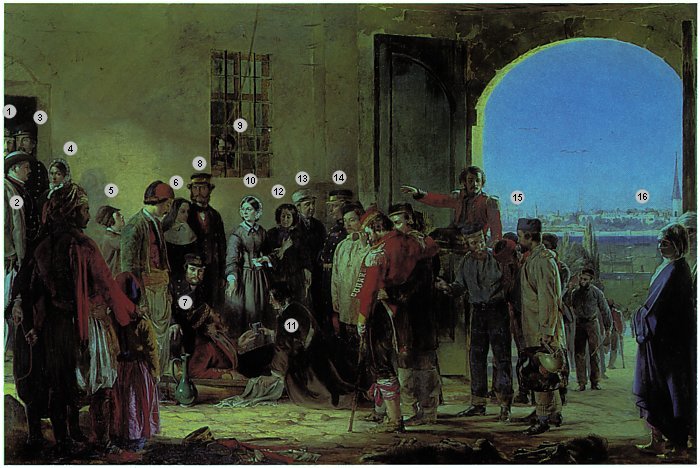These documents were found blowing downwind of the Pentagon a few days after 9/11/01. They were quickly rounded up by the Secret Service (and all those who handled the original documents have since died mysteriously) but not before they were leaked to the internet.
Document 1: Further Evidence of the Now-Extinct Victorian Bread Louse
The first evidence of this now-extinct louse was found in the kitchens of Victorian farmhouses all over England. All such kitchens are found to contain several unidentifiable utensils in their drawers. Early theories suggested that these devices, which often look like tools of medieval torture, were used to mercilessly boil some kind of hardy weed from the mountains, but it became clear that one of the utensils was perfectly equipped to pluck the legs from jumbo shrimp – the kind of shrimp that was certainly not found in Victorian England.
Later evidence included strange residues found on the insides of hats and shirts from this period, and the occasional passing suggestion in literature.
Some of the more compelling evidence came in the form of details in Victorian paintings. One excellent example would be Florence Nightingale Receiving the Wounded at Scutari — 1856 — The Mission of Mercy by Jerry Barrett, 1824-1906:
All this was considered speculation at best, until a manuscript by Victorian poet Matthew Arnold was unearthed in the hayloft of his homestead. The search for this evidence was initiated because of a line in his most famous poem Dover Beach:
"The sea of faith
Was once, too, at the full, and round earth's shore
Lay like the folds of a bright girdle furl'd.
But now I only hear
Its melancholy, long, withdrawing roar,
Retreating, to the breath
Of the night-wind, down the vast edges drear
And naked shingles of the world.
Was once, too, at the full, and round earth's shore
Lay like the folds of a bright girdle furl'd.
But now I only hear
Its melancholy, long, withdrawing roar,
Retreating, to the breath
Of the night-wind, down the vast edges drear
And naked shingles of the world.
I suck the louse dry as I gaze from the window, my icy feet curl'd"
The manuscript turned out to be an unpublished novel concerning the life of a church accountant in the town of Bathgate. The important section, about two-thirds of the way through the book, describes the clerk, now unemployed and almost destitute, preparing and eating these lice.
From the description, we can suppose the following:
1) The bread louse was an important source of protein for the Victorian English. They were juicy and tasted like whole wheat bread.
2) These lice, which grew to the length of several inches, were found only in the armpits and on the heads of males.
3) It was considered socially unacceptable even to mention these lice, which explains the dearth of written evidence, so the lice were eaten surreptitiously.
4) These lice led to some of the more bizarre items of clothing common in Victorian times. All males wore cravats or neck scarves, probably to stop the armpit lice from escaping. Poor people, especially young boys, often wore ridiculously oversized floppy hats for breeding purposes. Upper-class men, who could expect to be socially shunned if they admitted to eating them, wore tophats to collect the lice.
5) No evidence has surface so far as to why the bread louse died off, or why they were native exclusively to Western Europe.
6) The bread lice grew incredibly quickly. A wealthy businessman with an adequately-sized tophat could return home at the end of the day and provide the cook enough of these creatures to feed the entire kitchen staff, thereby saving the expense of [Editor's note: the rest of this document was too charred to read properly.]







No comments:
Post a Comment